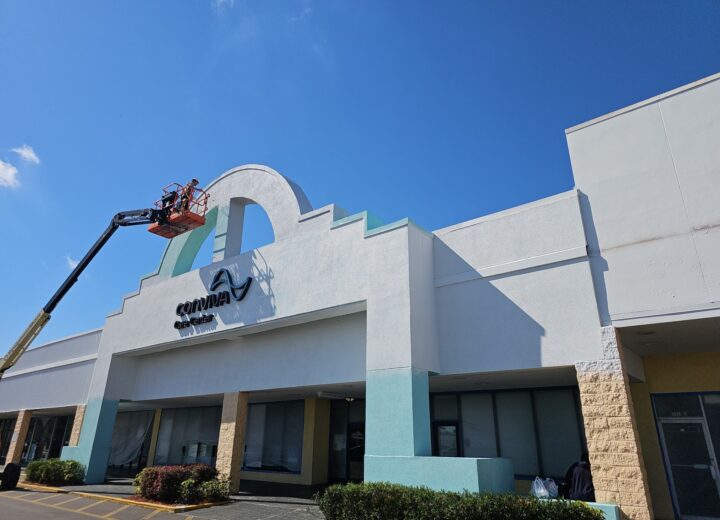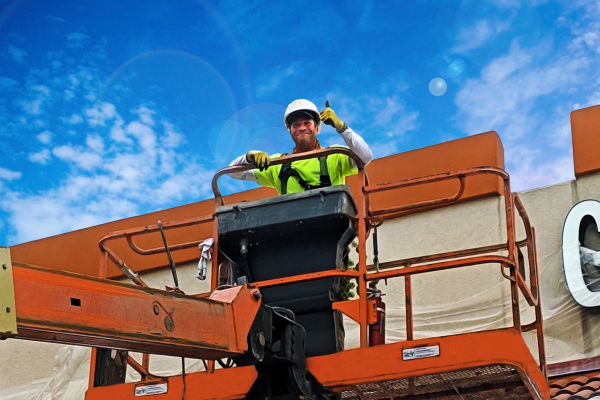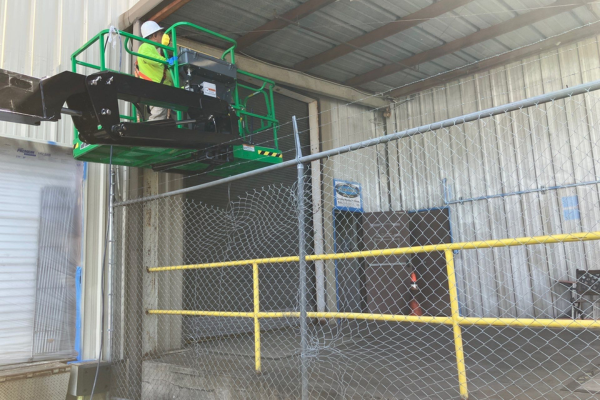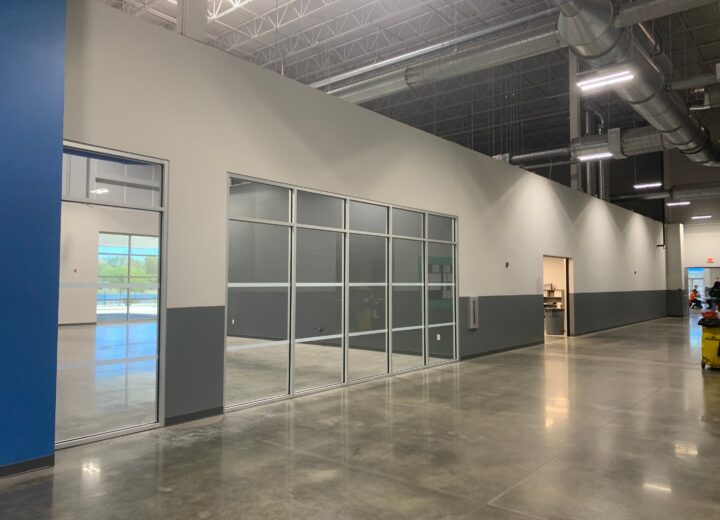
As a business owner or manager, you probably want your business to look its best. After all, the aesthetic appeal of your commercial facility is one of the factors that can affect business success.
To maintain your building and keep it in great shape, the first thing you need is a professional-looking paint job. For flawless results, we’re revealing a few commercial painter tips below.
- All surfaces need to be adequately prepared.
Whether you intend to hire a professional painter or wish to tackle the paint job yourself, proper paint preparation is an essential part of any painting project.Depending on the type of substrate in need of painting and its overall condition, paint preparation may involve repairing cracks and holes, scraping, wire brushing, sanding, pressure washing, water blasting, and using special products recommended for cleaning painted surfaces or treating areas affected by mold.
Although adequate surface preparation is often a time-consuming, labor-intensive process, it will improve coating adhesion and yield a more beautiful and durable finish.
- Select the right type of primer and paint.
This is one of the most important commercial painter tips for a perfect paint job. Professional painting contractors always consider the requirements of a painting project before they recommend certain products.While it’s advisable to invest in premium paint, selecting the most expensive coating systems is pointless if they don’t possess the properties necessary to withstand all the potential mechanical, chemical and environmental stressors that are expected.
In most commercial wall painting projects, for instance, professional painters use glossier paints because they’re more stain resistant and can withstand more frequent cleaning compared to flat finishes.
Additionally, a tinted primer that’s similar to the finish paint color will provide a much better coverage than a plain primer. As a result, you’ll get a more vibrant, unified finish that may require fewer coats of paint.
- Get tools and equipment.
If you intend to complete a commercial painting project by yourself, it’s important to get all the tools and equipment you need before you start to prepare surfaces for painting.Here are a few essentials you might need: a paint scrapper, spackle, caulking gun, sandpaper, a sanding block or a power sander, regular and specialty paint brushes, a roller grid, paint rollers in various sizes, a telescoping extension rod, rags to protect floors and a ladder that’s tall enough. In addition to getting all the tools and equipment you need, it wouldn’t hurt to try some fundamental pro paint techniques before you start painting.
A word of caution: if your painting project involves working at extreme heights and/or in confined spaces, we strongly advise you to leave it to the pros. Hiring experienced commercial painting contractors, who are properly trained and OSHA certified, is a surefire way to get a perfect paint job and, more importantly, prevent workplace accidents and injuries.
- Ensure the safety of employees and customers. Besides complying with all applicable OSHA standards and safety regulations, one way to minimize the hazards associated with on-site painting operations and prevent accidents is to maintain work areas clean and free of clutter. Another benefit of keeping work areas neat and orderly is that paint crews can get the work done within shorter time frames.
Finding out the painting trade secrets that make commercial painting projects stand out isn’t easy. However, specialized online resources like our blog offer valuable insights into the painting industry, advancements in paint and coating technologies, commercial painters tips and inspiring stories. To get our latest blog posts, case studies and news, please feel free to subscribe to our email newsletter.






